Earth
Sign up for our newsletter
We summarize the week's scientific breakthroughs every Thursday.
-
 Oceans
OceansClimate change may boost toxic mercury levels in sea life
Increased runoff to the ocean due to climate change could raise neurotoxic mercury in coastal sea life by disrupting the base of the food web.
-
 Plants
PlantsBig genetics study blazes path for bringing back tomato flavor
Combining taste tests with genetics suggests what makes heirloom varieties tastier than mass-market tomatoes.
By Susan Milius -
 Earth
EarthDevastation detectives try to solve dinosaur disappearance
Dinosaurs and others faced massive losses 66 million years ago from an asteroid impact, volcanic eruptions or maybe a mix of the two.
-
 Environment
EnvironmentHumans’ stuff vastly outweighs humans
The human-made technosphere weighs 30 trillion tons and surpasses the natural biosphere in mass and diversity, researchers estimate.
-
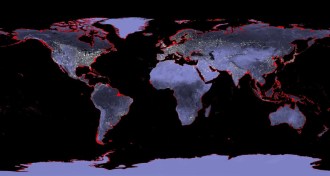 Climate
ClimateEarth’s last major warm period was as hot as today
Sea surface temperatures today are comparable to those around 125,000 years ago, a time when sea levels were 6 to 9 meters higher, new research suggests.
-
 Climate
ClimateMonsoon deluges turned ancient Sahara green
The ancient Sahara Desert sprouted trees and lakes for thousands of years thanks to intense rainfall.
By Bruce Bower -
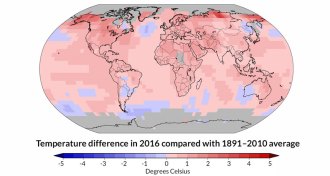 Climate
ClimateFor three years in a row, Earth breaks heat record
Spurred by climate change and heat from a strong El Niño, 2016 was the hottest year on record.
-
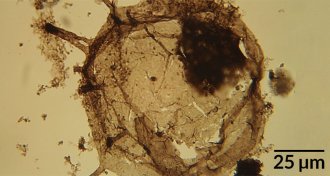 Earth
EarthCoastal waters were an oxygen oasis 2.3 billion years ago
Coastal waters contained enough oxygen to support complex life-forms including some animals hundreds of millions of years before fossils of such life first appear.
-
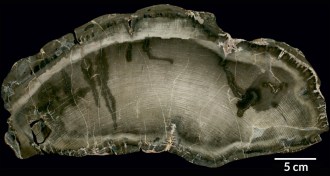 Climate
ClimatePetrified tree rings tell ancient tale of sun’s behavior
The 11-year cycle of solar activity may have been around for at least 290 million years, ancient tree rings suggest.
-
 Earth
EarthMapping the future of continents and batteries
Editor in chief Eva Emerson discusses how science provides new perspectives on the past and the future.
By Eva Emerson -
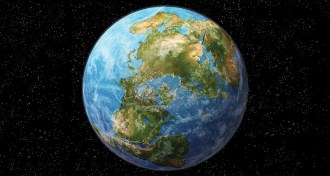 Earth
EarthEvidence falls into place for once and future supercontinents
Shifting landmasses have repeatedly reshaped Earth’s surface. Researchers piecing together the past are now picturing a new supercontinent, due in 250 million years.
-
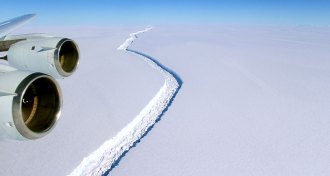 Earth
EarthAntarctic ice shelf heading toward collapse
A fast-growing crack in Antarctica’s Larsen C ice shelf could soon break off a 5,000-square-kilometer hunk of ice into the ocean.